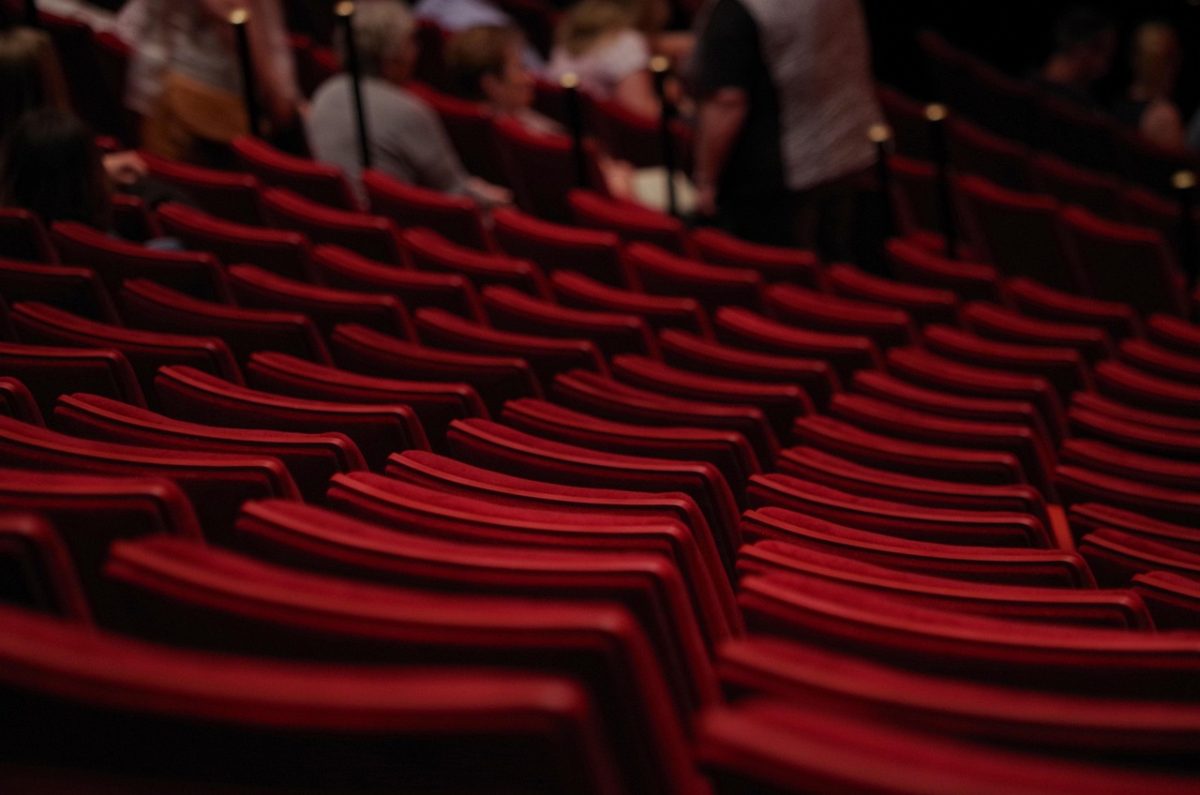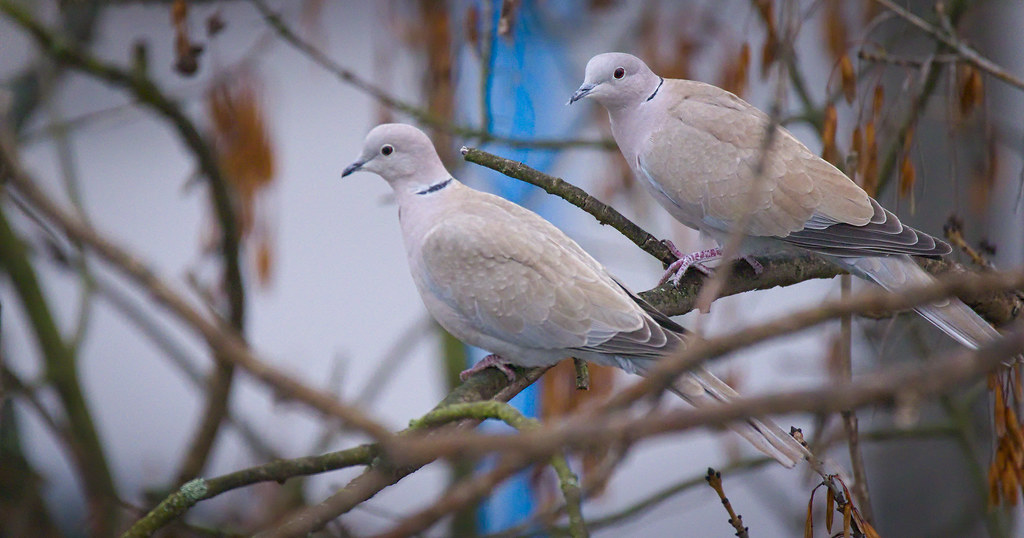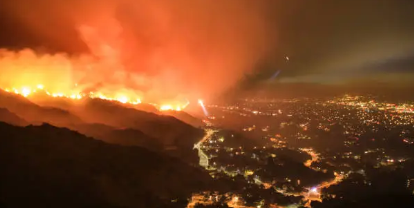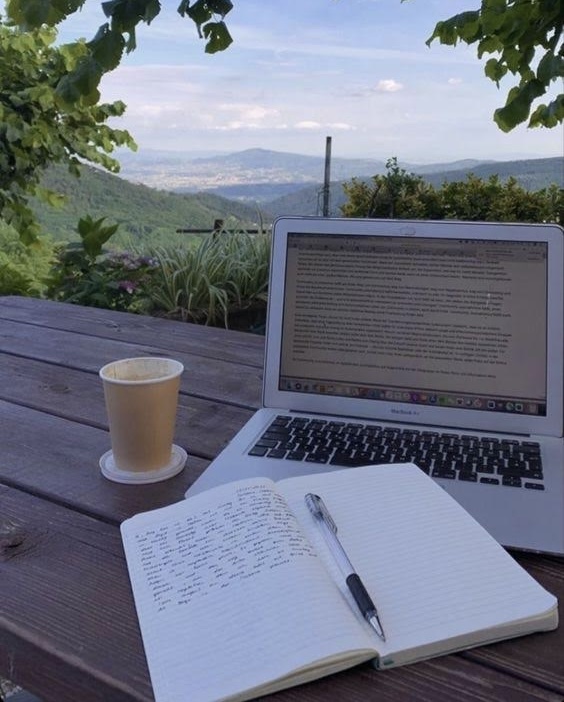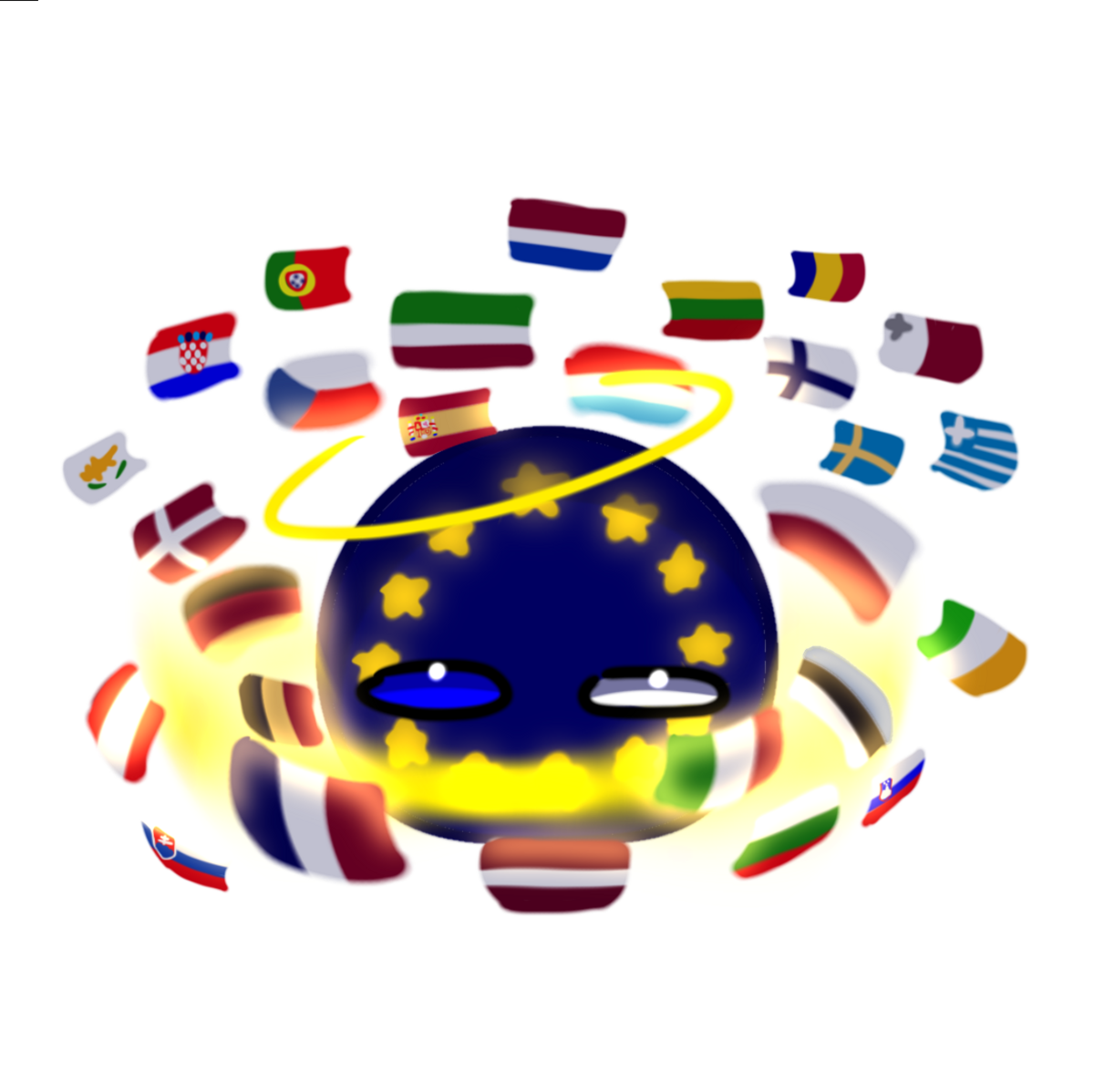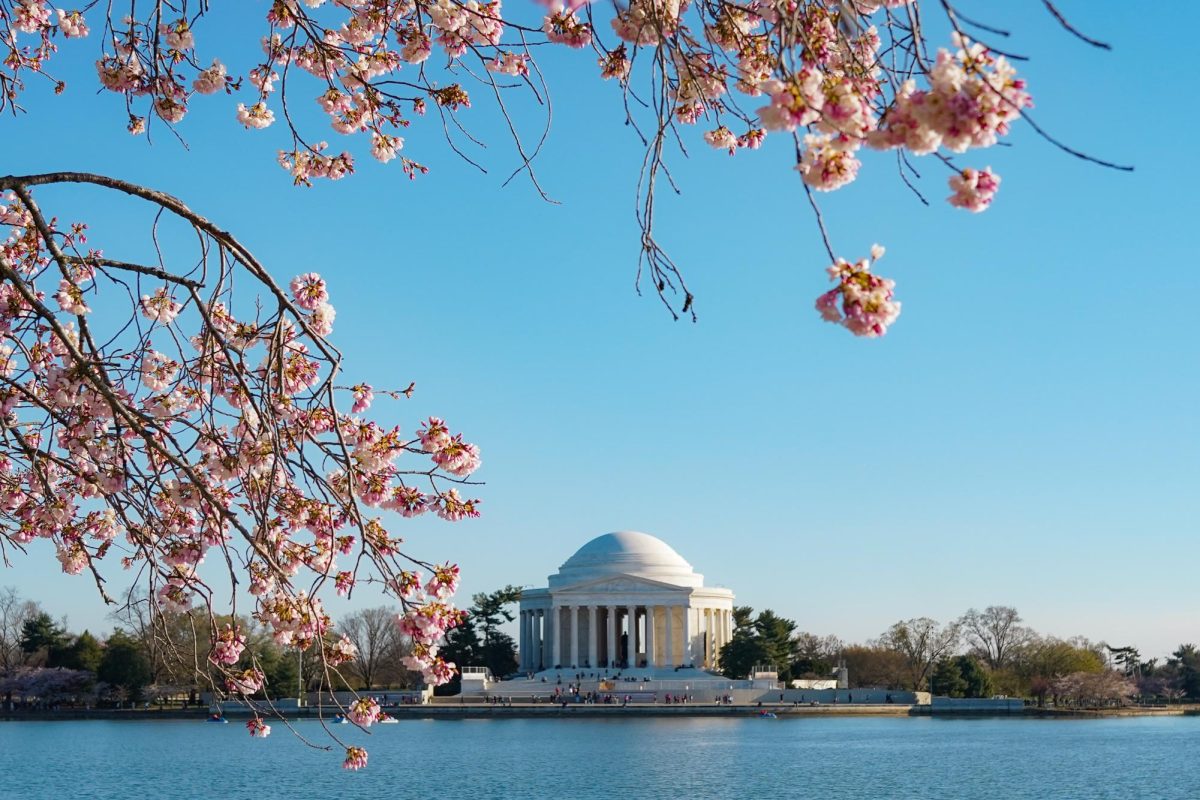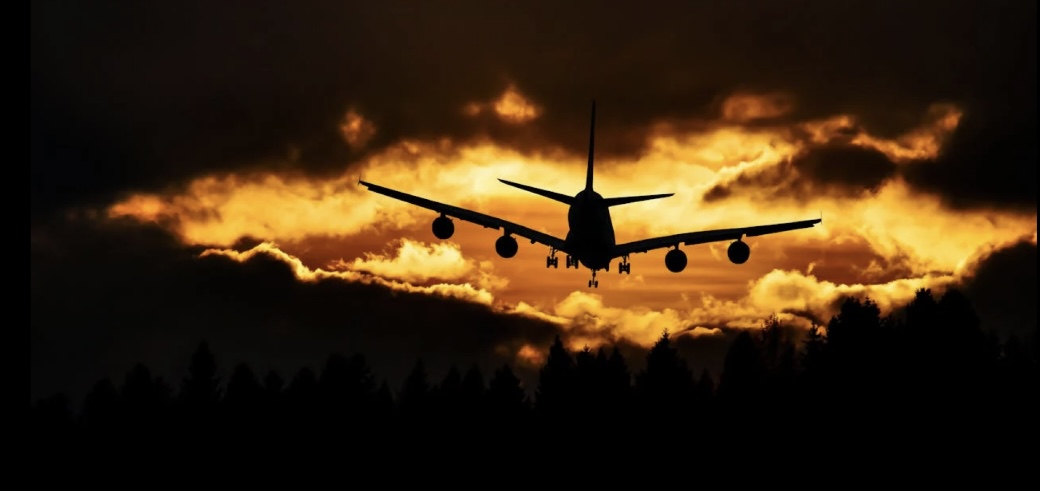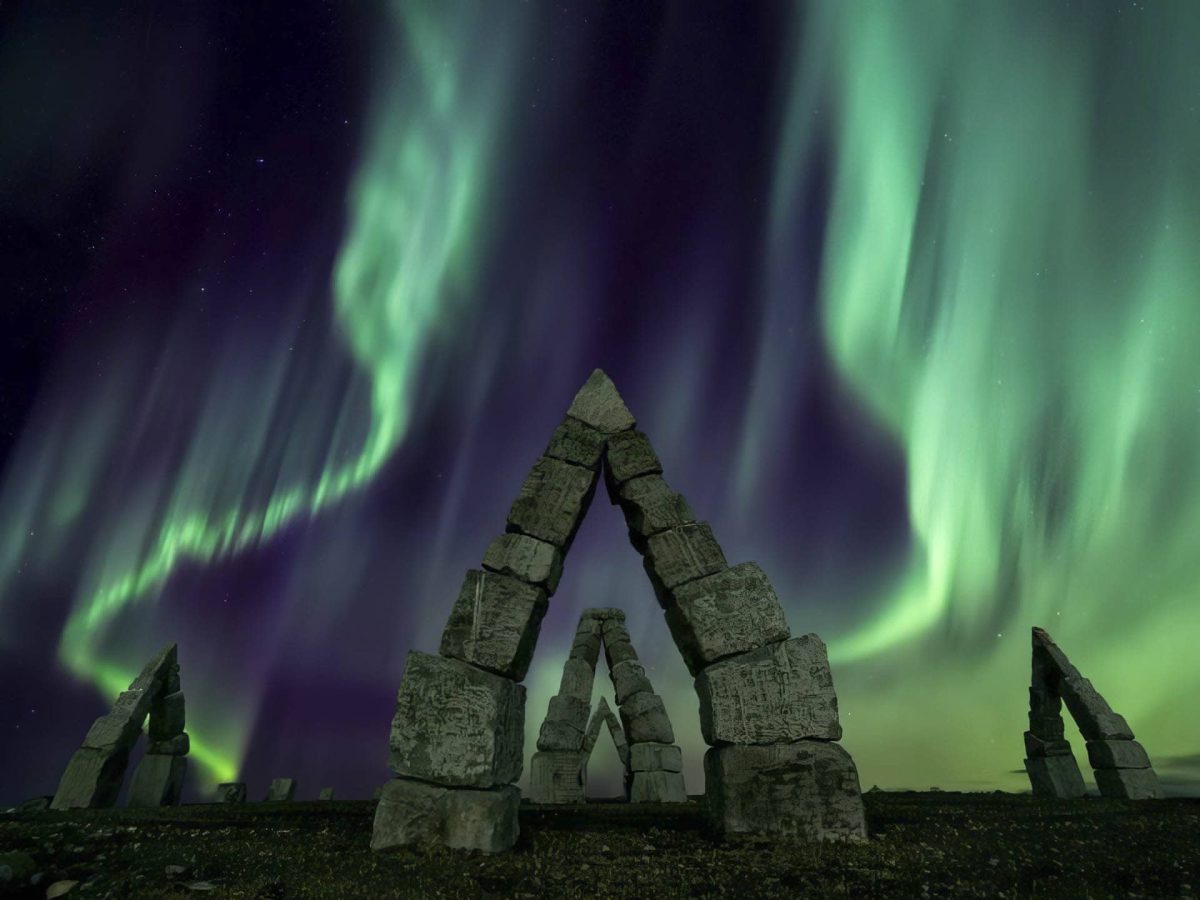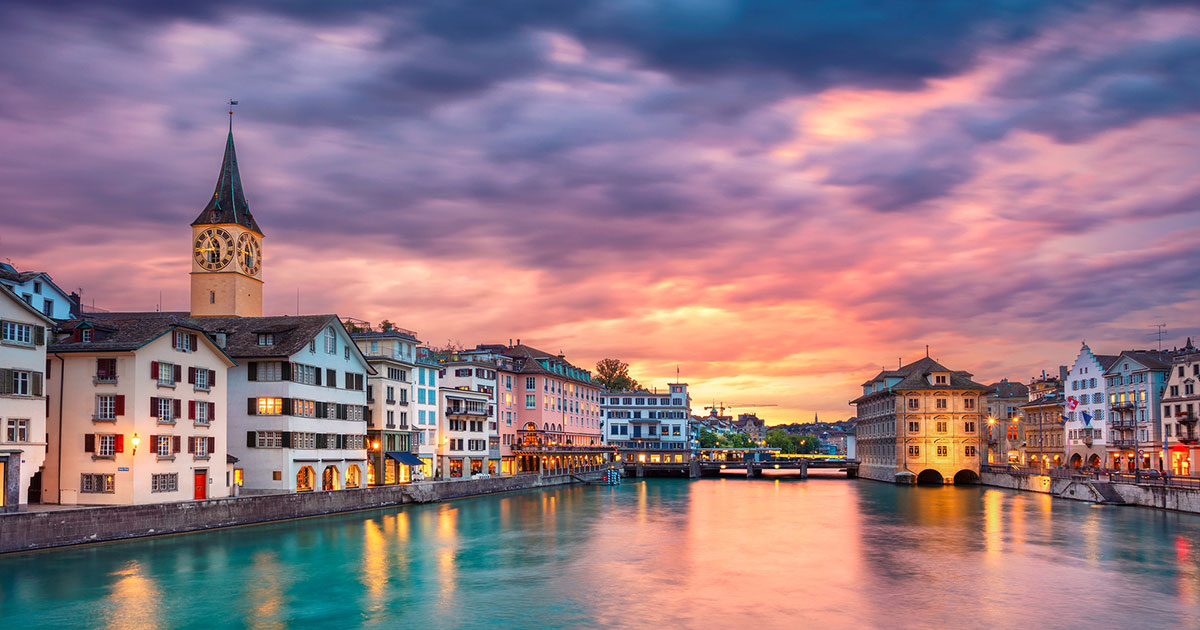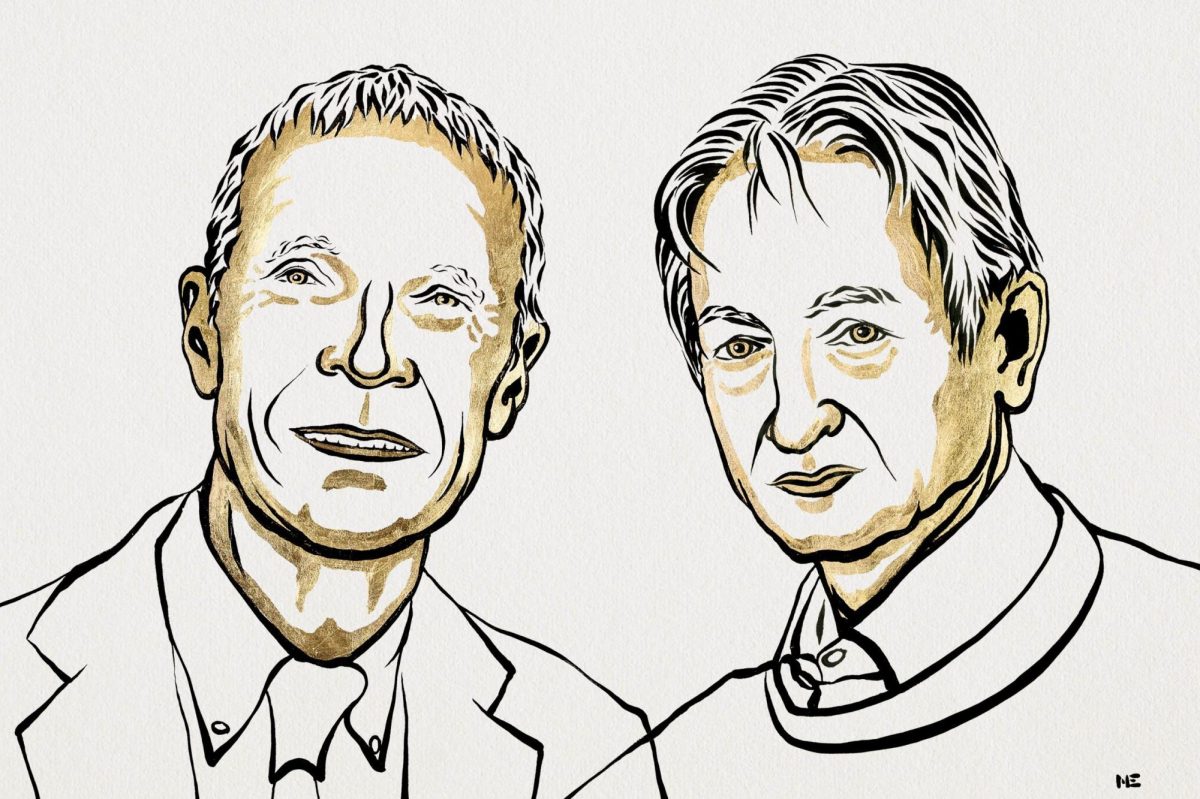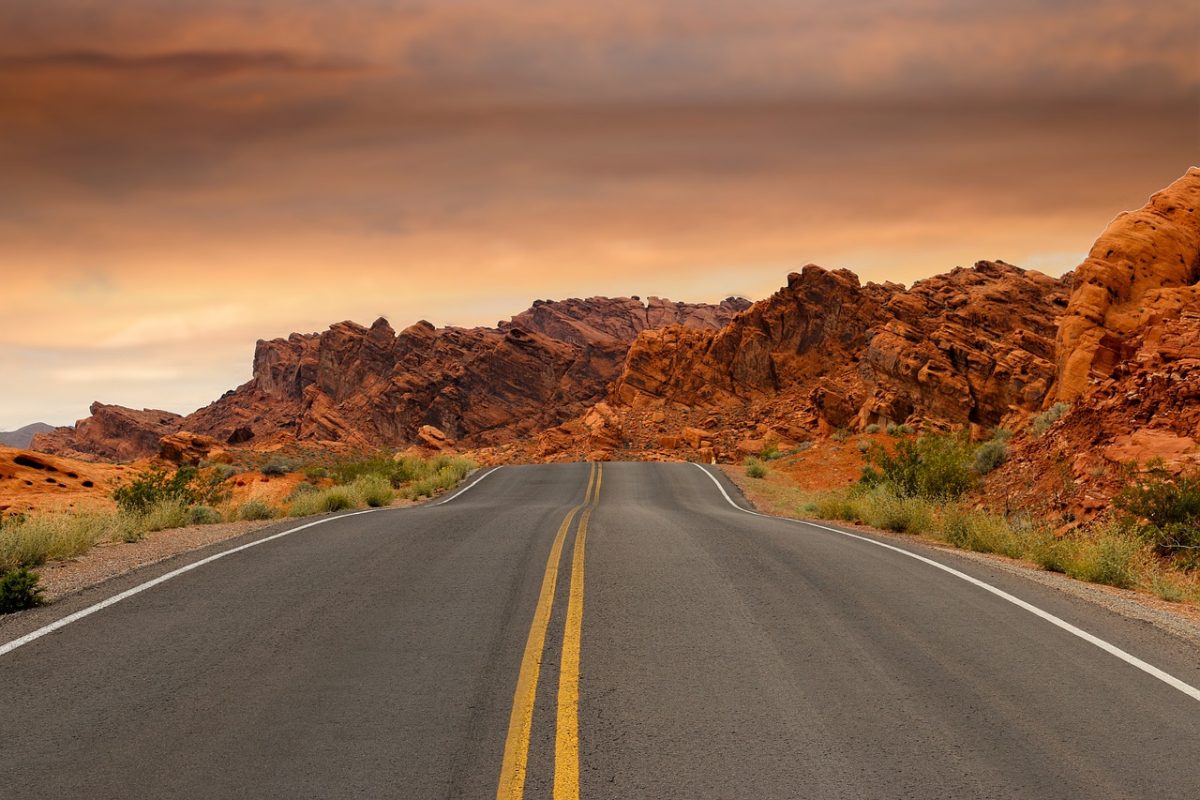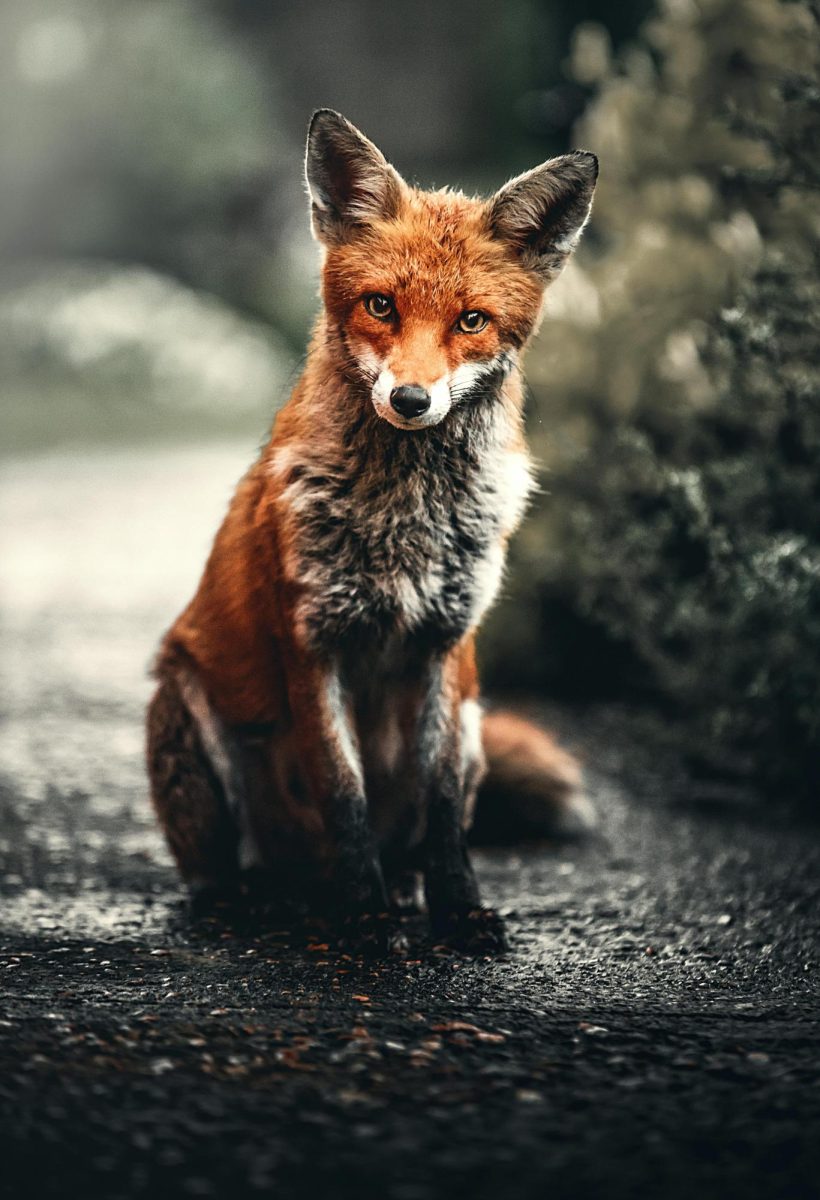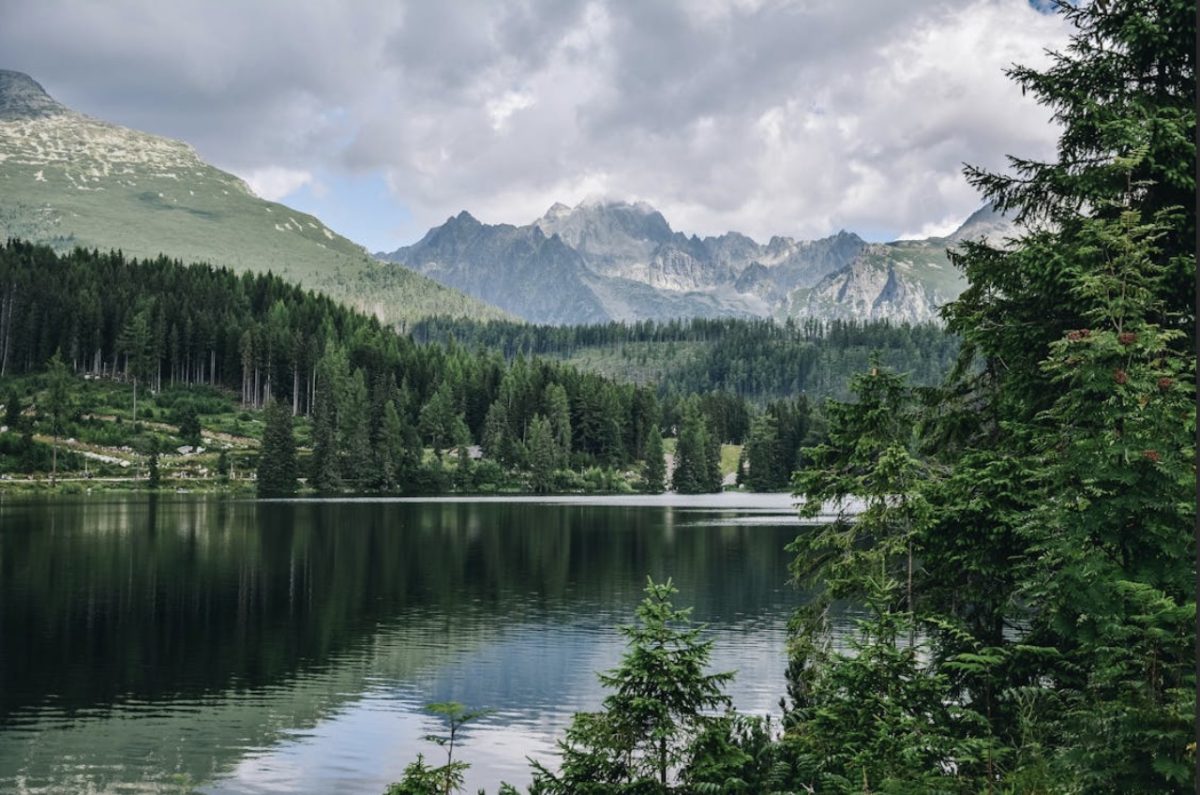Since the world reopened after the pandemic, tourists from all countries are eager to travel and explore as many corners of the planet as they can. Yet, even in this touristic gold rush, there are certain wonderful locations that are often set aside and overlooked, including the European country of Switzerland. I come from Switzerland, and I traveled in it multiple times, most notably in Sept 2020, I would like to give a description of this interesting country and what to see or do in it through my own travel experience.
Switzerland is located in Central Europe, consists mostly of a mountainous topography, and borders with Italy in the south, France in the West, Germany in the north, and two other German-speaking countries (Austria and Lichtenstein) to the east. Because of this location, Switzerland does not have an official language. Instead, it has three official languages that are spoken in three different regions: German, which is spoken in the eastern and northern regions; French, which is spoken in the Western regions; and Italian, which is spoken in a small southern region.
The influence of bordering countries and the number of spoken languages throughout its history have caused Switzerland to develop a unique culture blending German, French, and Italian influences; in a certain way, the culture of Switzerland is one in which multiculturalism is the norm. This combination manifests itself in several different aspects of life. For example, plates that are characteristic of and commonly eaten throughout Switzerland include Italian-influenced pasta and risotto plates along with more German-inspired plates such as the rosti (filaments of potatoes) and the beef stew commonly eaten in Zurich.
On a more political level, Switzerland is a federation divided into 26 administrative units known as cantons. These cantos are essentially the states making Switzerland up; each one of them has a local government that is subjected to a central federal government. The capital of Switzerland is Bern, a city located in a canton with the same name, although the most economically and industrially important city is Zurich, also located in an eponymous canton.
I come from Switzerland; more specifically from the Italian-speaking canton of Ticino. I moved to the United States when I was 14 years old; nonetheless, I have traveled back to Switzerland a few times, most notably in Sept 2020. During that trip, I visited the cities of Bern and Zurich, and even as the city was in the grip of the coronavirus, I spent a great amount of time exploring the most interesting locations along with my family.
I first went to Bern with my family. Perhaps the most important tourist attraction that I saw in Bern at that time was the Bärengraben. The Bärengraben is a pit created to enclose and house bears in the heart of the city of Bern-the bear is an especially important animal for Bern since it is the symbol of the city and the canton alike and is featured on the coat of arms since, according to a legend, the city of Bern was named in this way because the first animal that its founders encountered in the forest growing in the region was a bear -and managed as a separate part of the city’s zoo. The overall scene, with the bears walking or lying around in the pits enclosed by strong fences and surrounded by a cityscape that combined modern infrastructure and medieval-like buildings, made a powerful impression on me; it is a sight that I highly recommend.
My next destination on that trip was Zurich. I and my parents spent an entire week there exploring the most interesting places, including the Chinese Gardens, the Kunsthaus Museum, and the city’s zoo. The Chinese Garden was a gift made in 1994 from Kunming, a twin city of Zurich in China.
I clearly remember the emotions I felt while visiting it: entering an opening, a portal, in a wall of trees and bushes, with the feeling of leaving behind the mundane cityscape with its cars and buildings and entering into a whole different realm. A realm of wide patches of grass that were suddenly interrupted by forests, of trees sheltering small temples with sloping red roofs and yellow paper lanterns, of stone bridges over running blue streams snaking in the undergrowth where coy trouts swam, of vast trees shedding rose and white flower petals, all of which embraced by a constant interplay of light and darkness that gave the place an otherworldly yet harmonious atmosphere. The Chinese Gardens of Zurich are championed by their official site as: “the most impressive Chinese gardens outside of China”; I cannot state whether this is true since I have never been to China but walking in those places I would not have been surprised if I met the Three Pure Ones.
Switzerland should be visited with calm, as one should let oneself be surprised not only by its famous mountains but also by the marvelous lakes, on whose banks the most important cities have arisen, including Zurich, Geneva, Lausanne, and Lugano. The last city is where I was born. Compared to the United States, Switzerland is comfortable to visit by the trains, which are very modern and punctual. In order to give you an idea of how large (or, more accurately, of how small) Switzerland is, the flight from the southernmost city (Lugano) to the northernmost city (Basel) is forty minutes and the flight from the westmost city (Geneva) to the easternmost city Zurich is fifty minutes. All I want to say last is, have a good trip!



